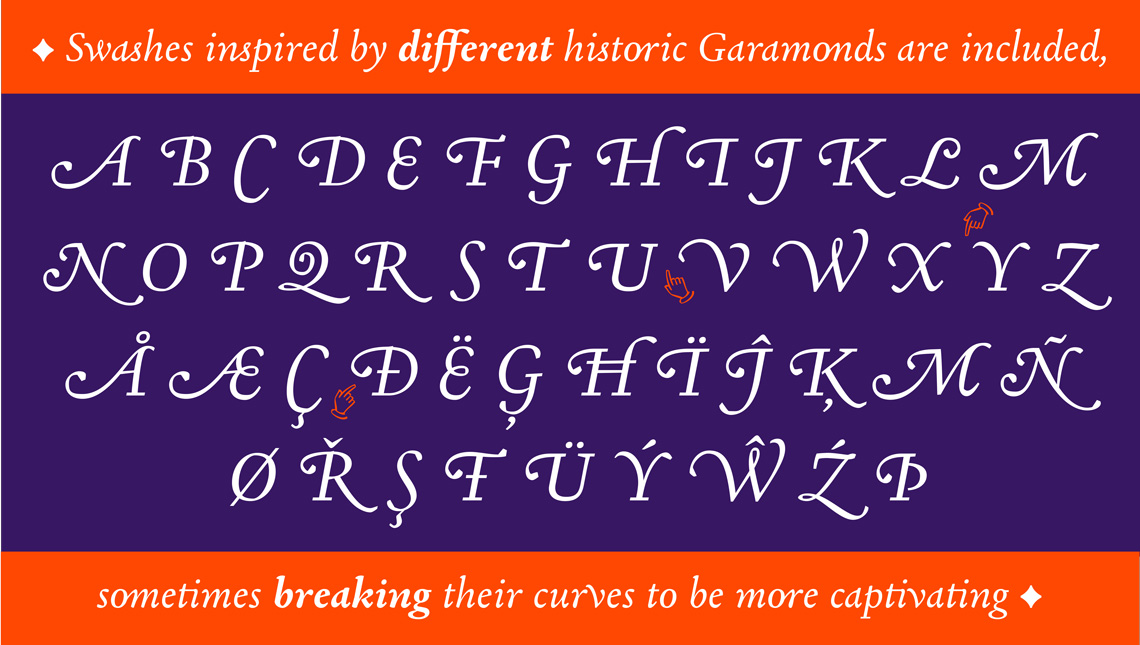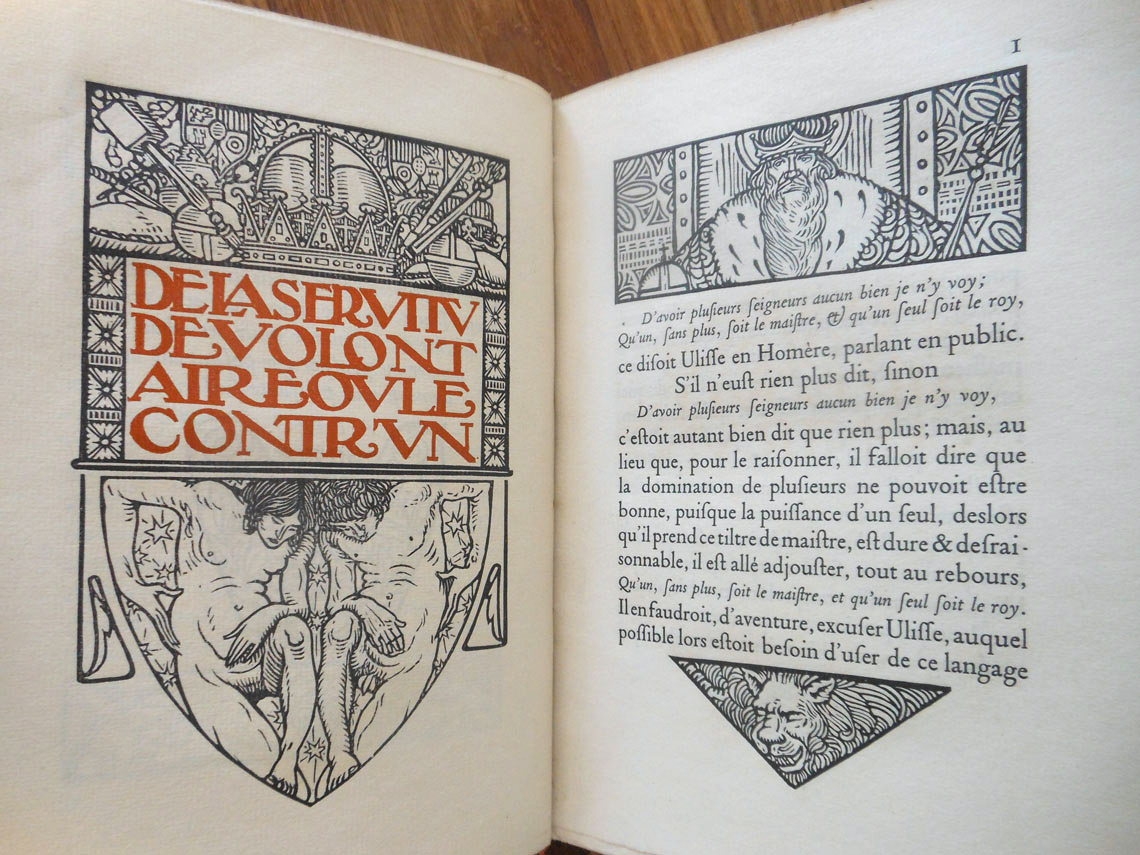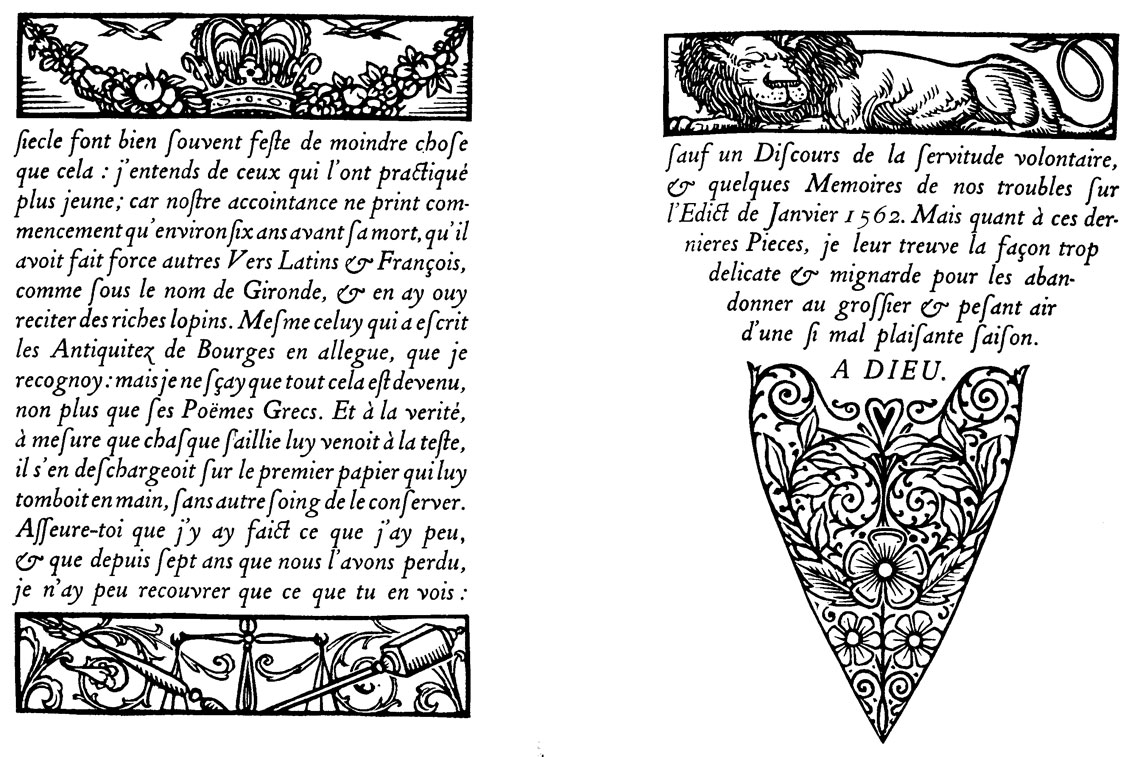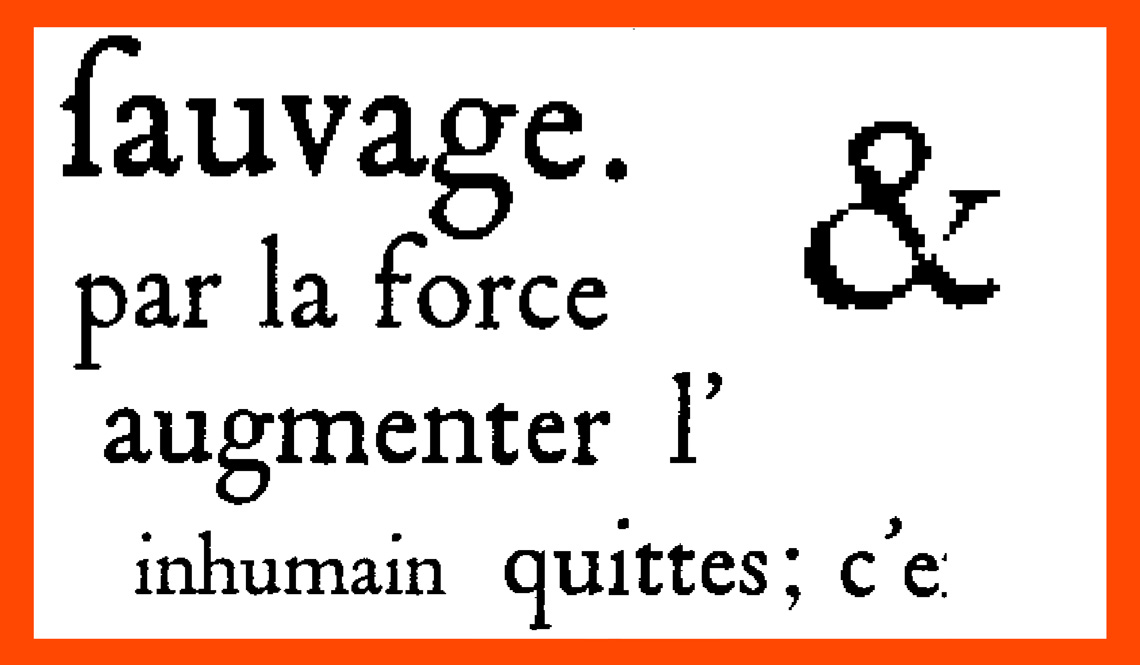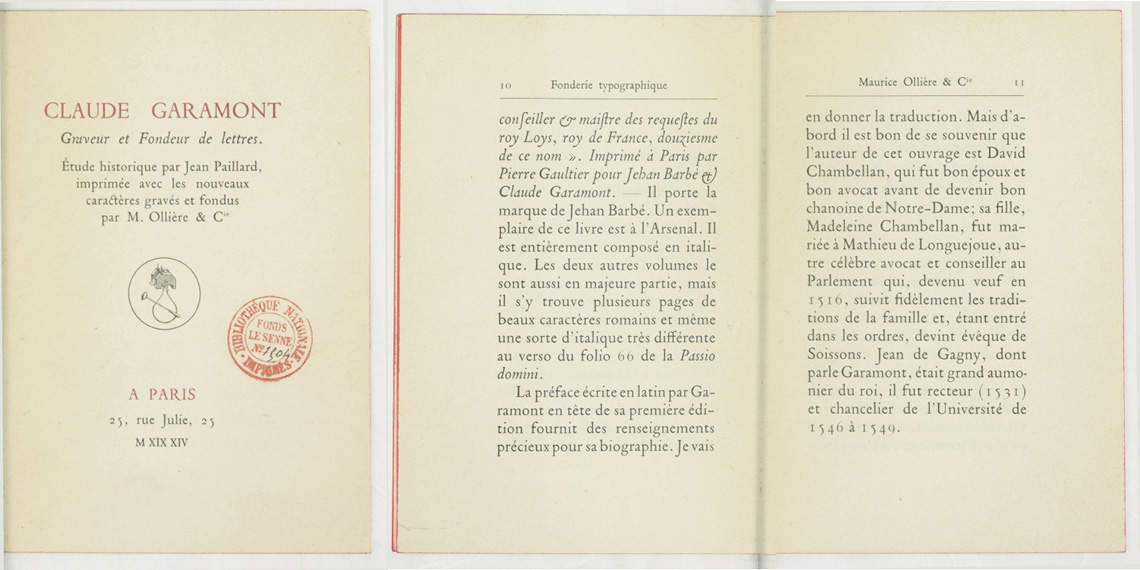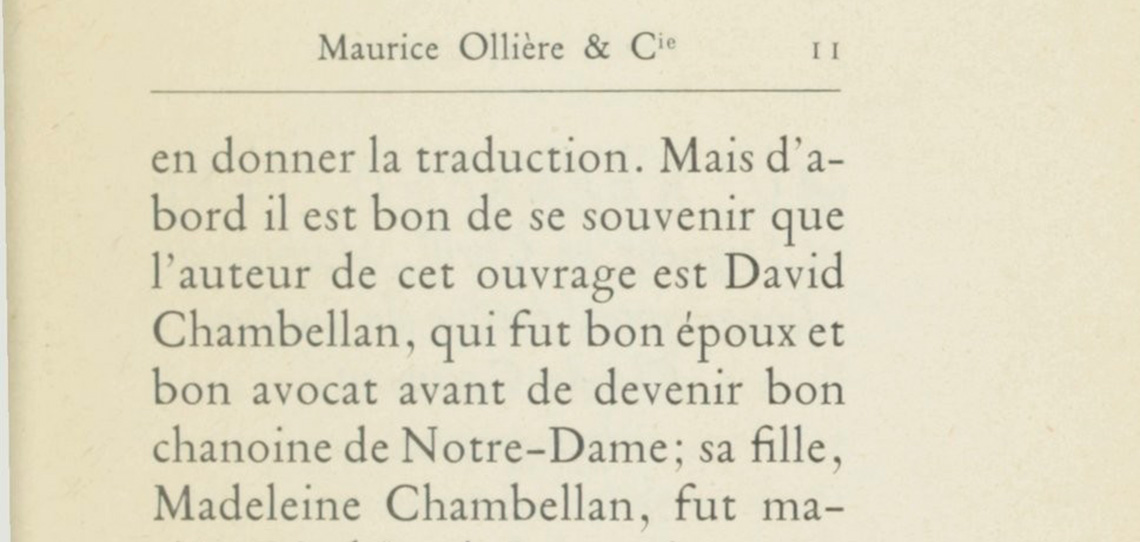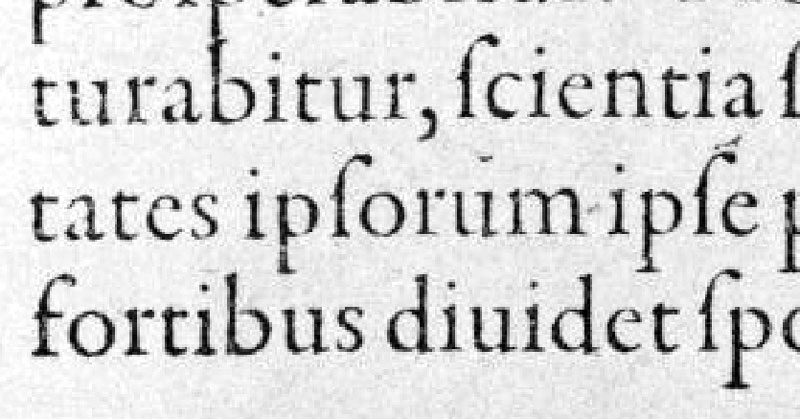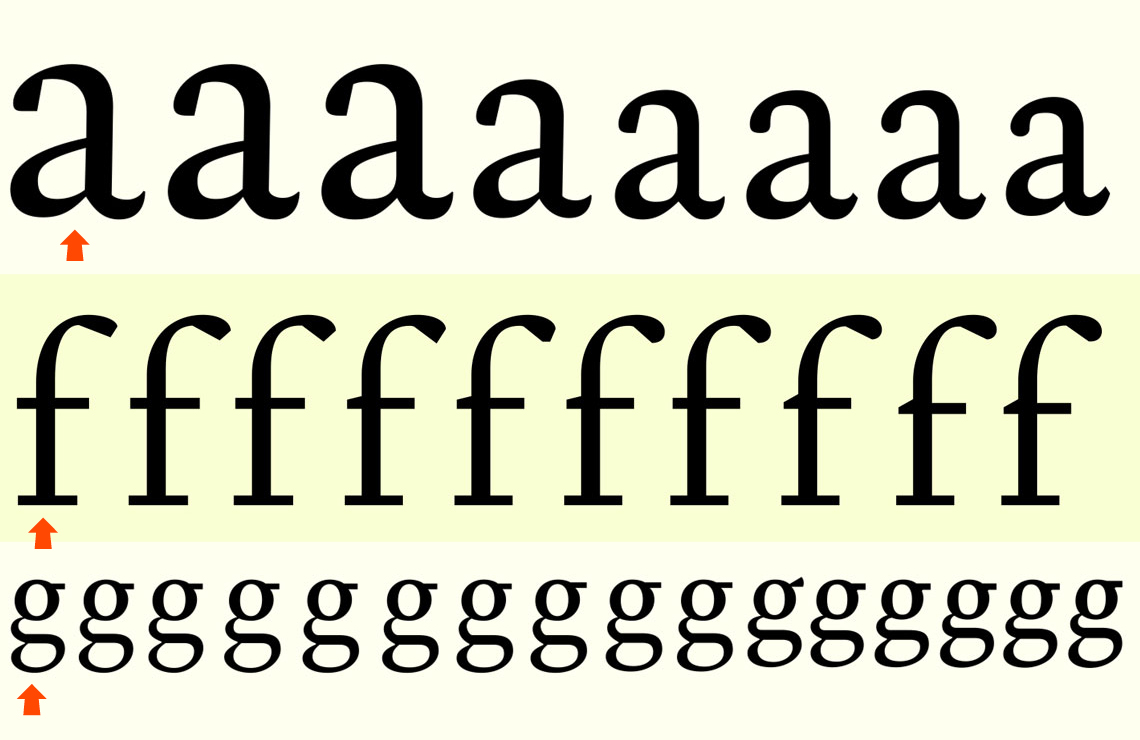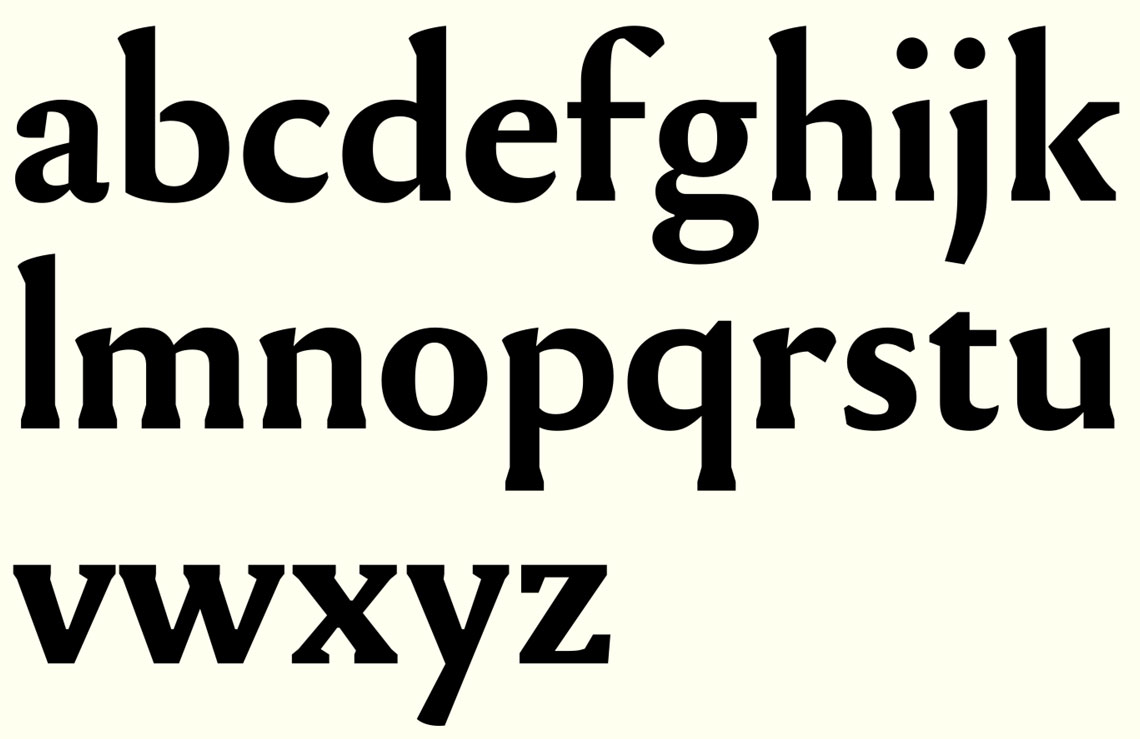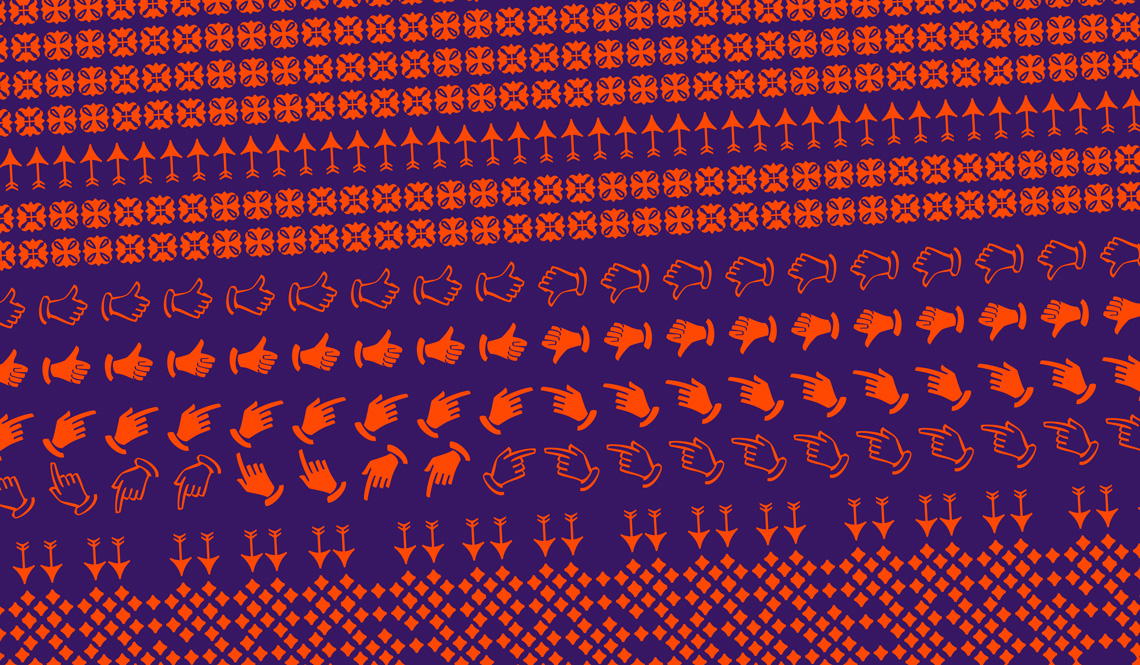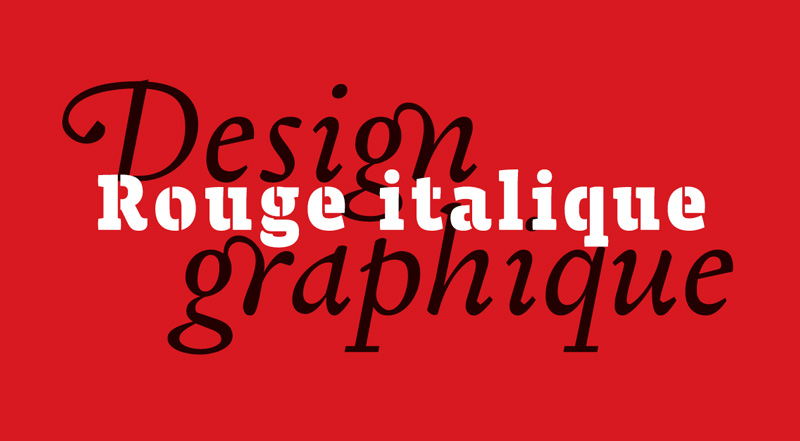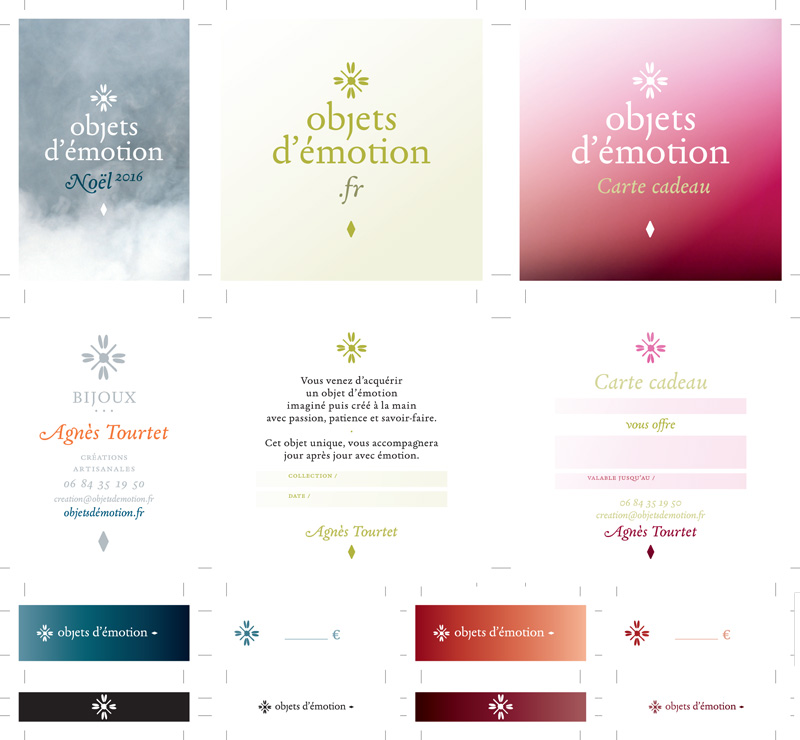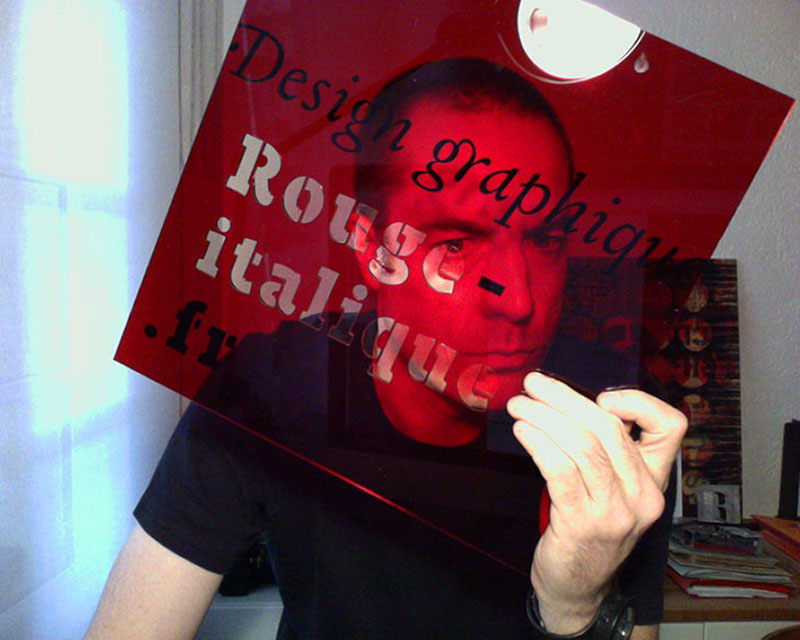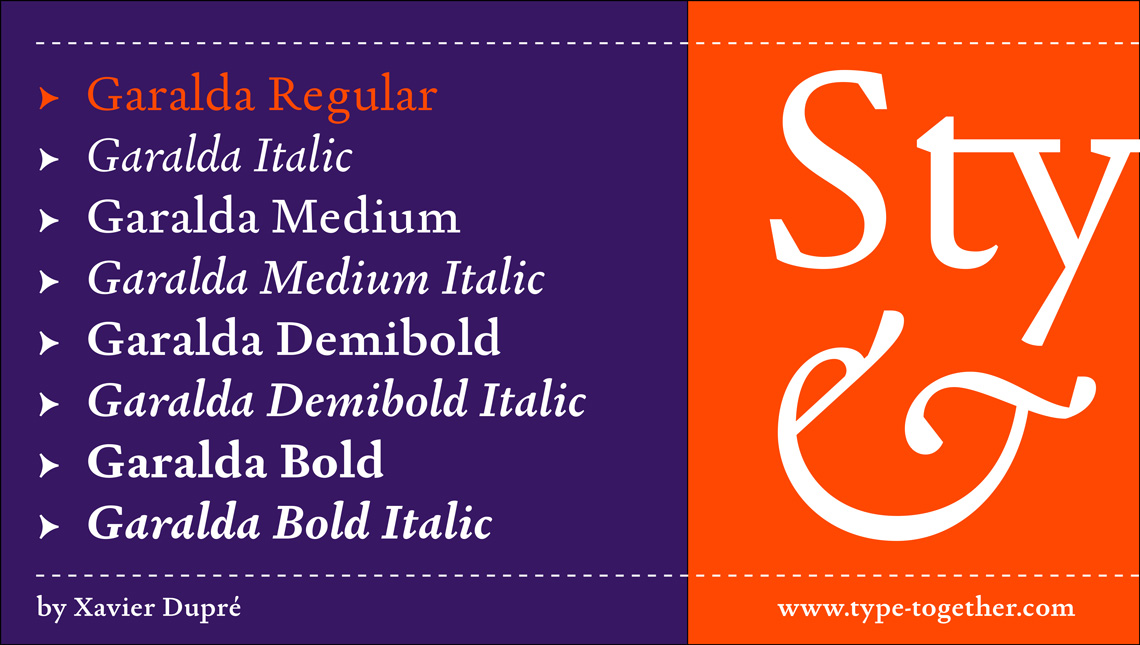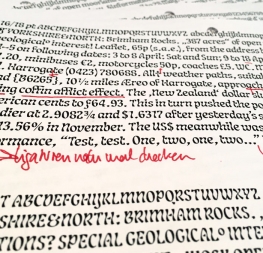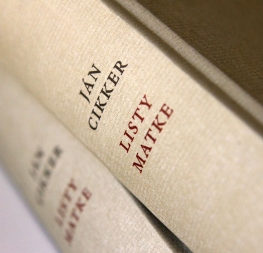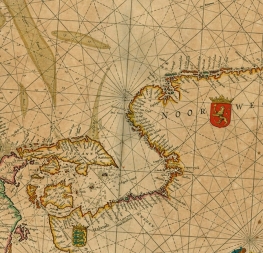Interview with Xavier Dupré
November 2016
Type designer Xavier Dupré’s recent design, Garalda, is a charming 21st century family that renews a legacy of finesse. As paragraphs on a page, Garalda’s overall impression is of a workaday personality, committed to the main purpose of the job: easy long-form reading. But setting it in display sizes proves something different: this reinvented Garamond is anything but basic. We asked Xavier Dupré a few questions about the design of Garalda, the inspiration and the process. With this we start a series of short interviews with the type designers represented in our catalogue. Enjoy the read!

